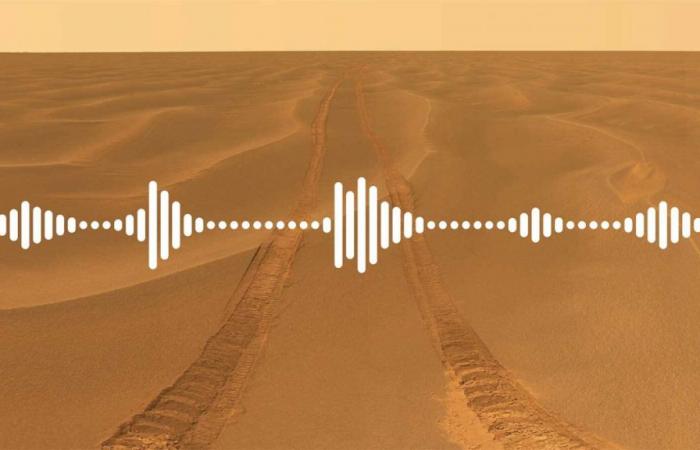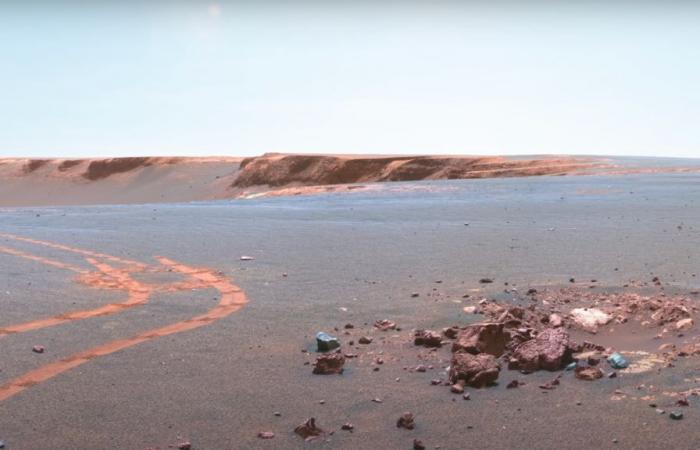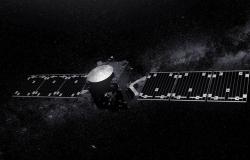On February 20, 2021, the Perseverance rover recorded the blowing of the wind on Mars, the Red Planet. Here is the ‘disturbing’ audio
Audio was recorded from the microphone on the side of the rover Perseverance by NASA on February 20, 2021. The sound has been filtered to make Mars sounds (wind) more audible. It was the first time a rover on Mars was equipped with a microphone. A key focus for Perseverance’s mission to Mars is astrobiology, including the search for signs of ancient microbial life. The rover will examine the planet’s geology and past climate, pave the way for human exploration of the Red Planet and will be the first mission to collect samples and then, in a subsequent mission in collaboration with ESA and NASA (Mars Sample Return), arrive on Earth (although this mission is now in strong doubt):
Advertisement
Below, here is the audio (we recommend using headphones):
If the work we are doing seems useful to you and for everyone, you can also decide to participate and subscribe to Passione Astronomia. We can’t promise you’ll find out what was before the Big Bang. But we can promise you that with your help there will be Passione Astronomia articles to follow and better understand the universe.
Some info on the Red Planet
With an average radius of 3,390 kilometers, Mars is about half the size of Earth. The Red Planet is on average 228 million kilometers from the Sun, equivalent to 1.5 astronomical units (oneastronomical unit “AU” is the Earth – Sun distance i.e 150 million kilometers). Mars completes one rotation every 24.6 hours and is very similar to an Earth day (23.9 hours). Martian days are called sol and a year on Mars lasts 669.6 sols, equivalent to 687 Earth days. The axis of rotation is inclined 25 degrees relative to the plane of its orbit around the Sun. This is another similarity with the Earth, which has an axial tilt of 23.4 degrees. Mars has distinct seasons, but they last longer than Earth’s seasons as it takes longer to orbit the Sun (it’s further away). Additionally, the length of the seasons varies due to the elliptical, egg-shaped orbit. A planet that always and continuously gives us surprises!
Source: NASAcredit cover image NASA/JPL-Caltech







